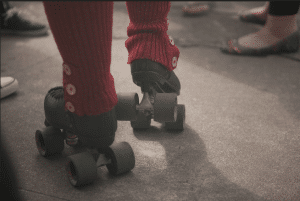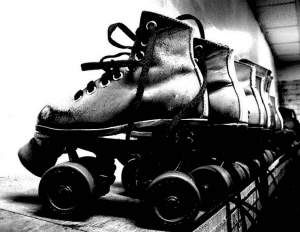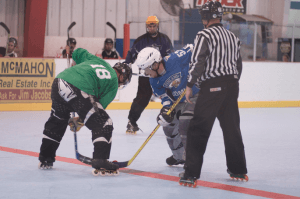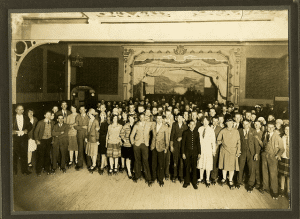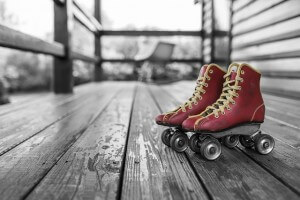
Why Skate Over the Summer?
- Exercise – It is easy to let exercise fall by the wayside with so much extra time on our hands. Roller skating is a really fun exercise recommended by the American Heart Association. Make exercise a blast this summer!
- Boredom – If the summer begins to loose its luster, and your kids run out of things to do, roller skating is a really fun way to cure the boredom, and beat the heat at the same time!
- Family – Roller skating can be a really fun family activity for everyone. Food, drinks and roller skating? Sounds great to us!
- Have a birthday over the summer?? Well, firstly, happy birthday! A roller skating birthday is a great way to ring in another year, and our staff would love to have you!
Check out our new summer hours, and plan a visit with us today!
